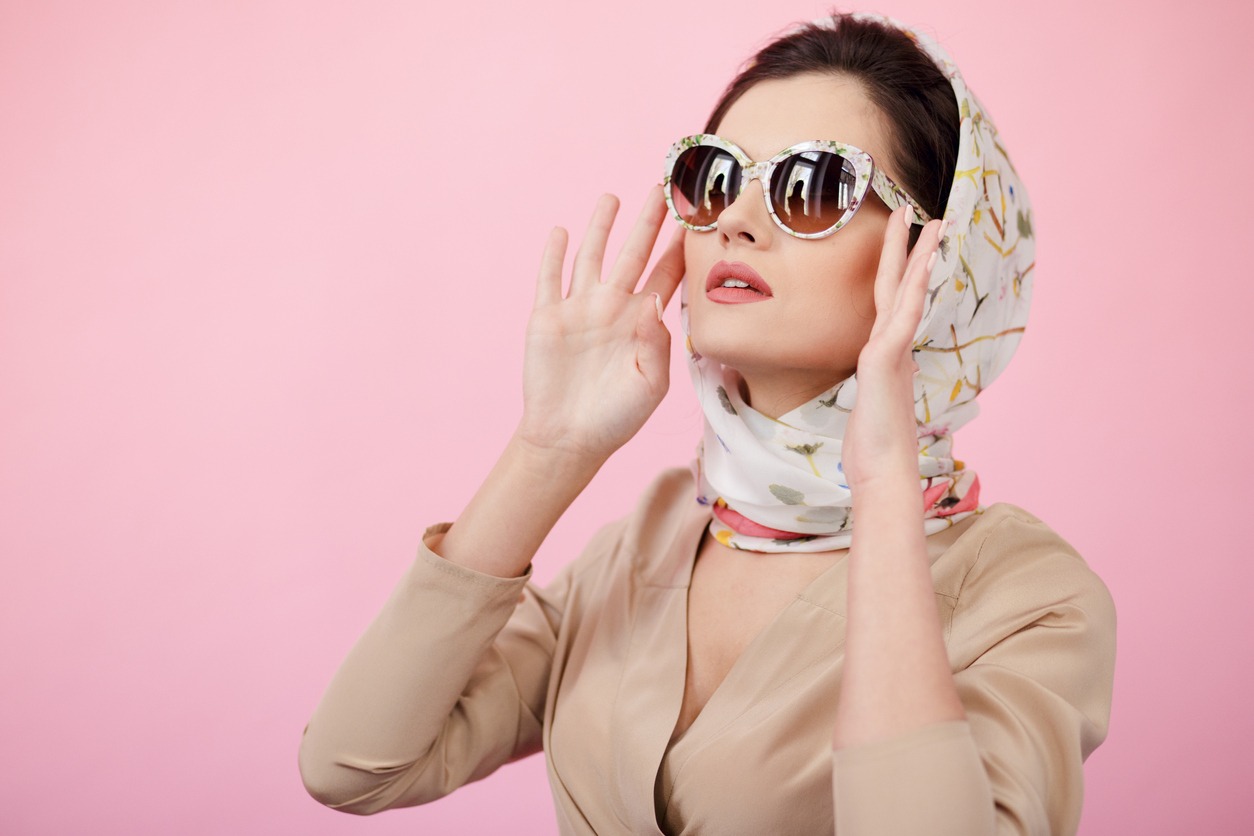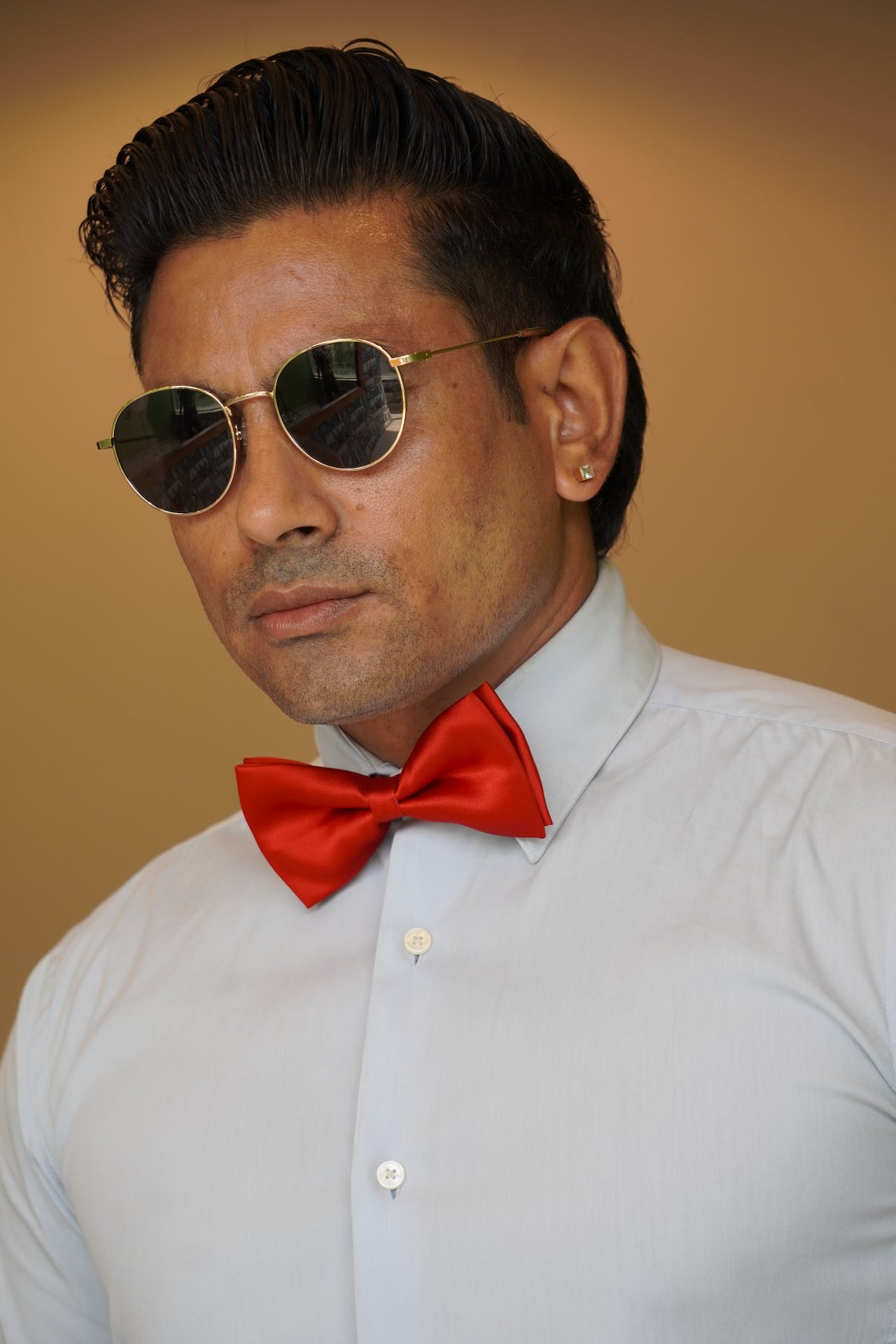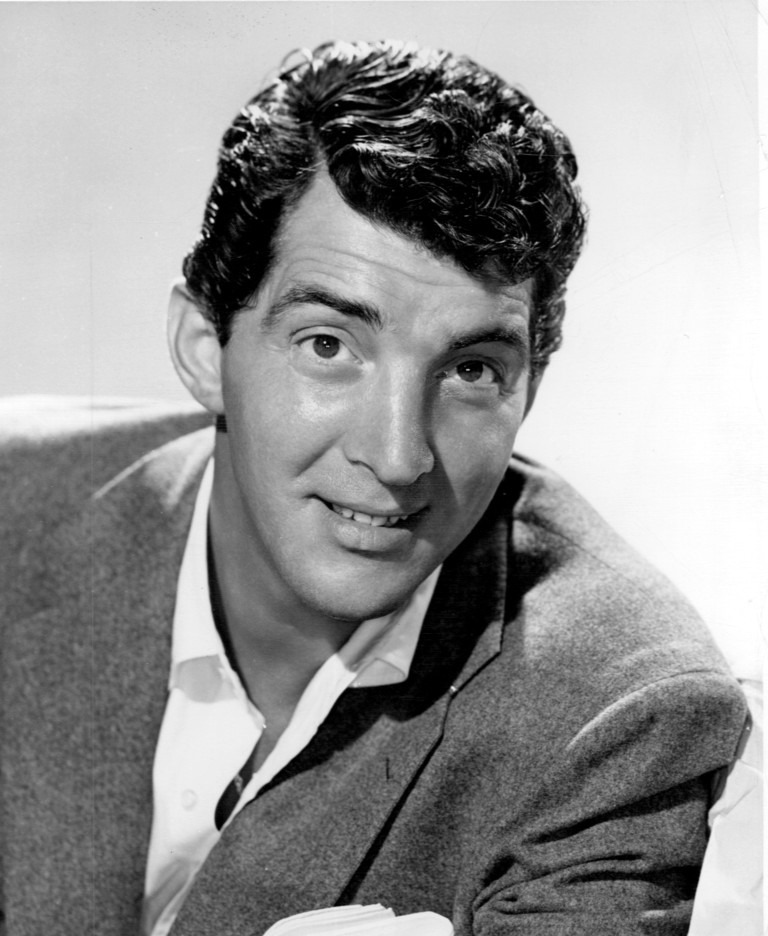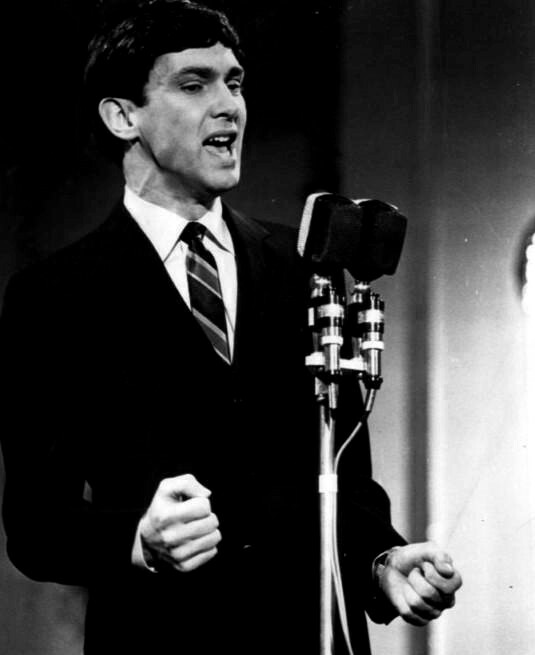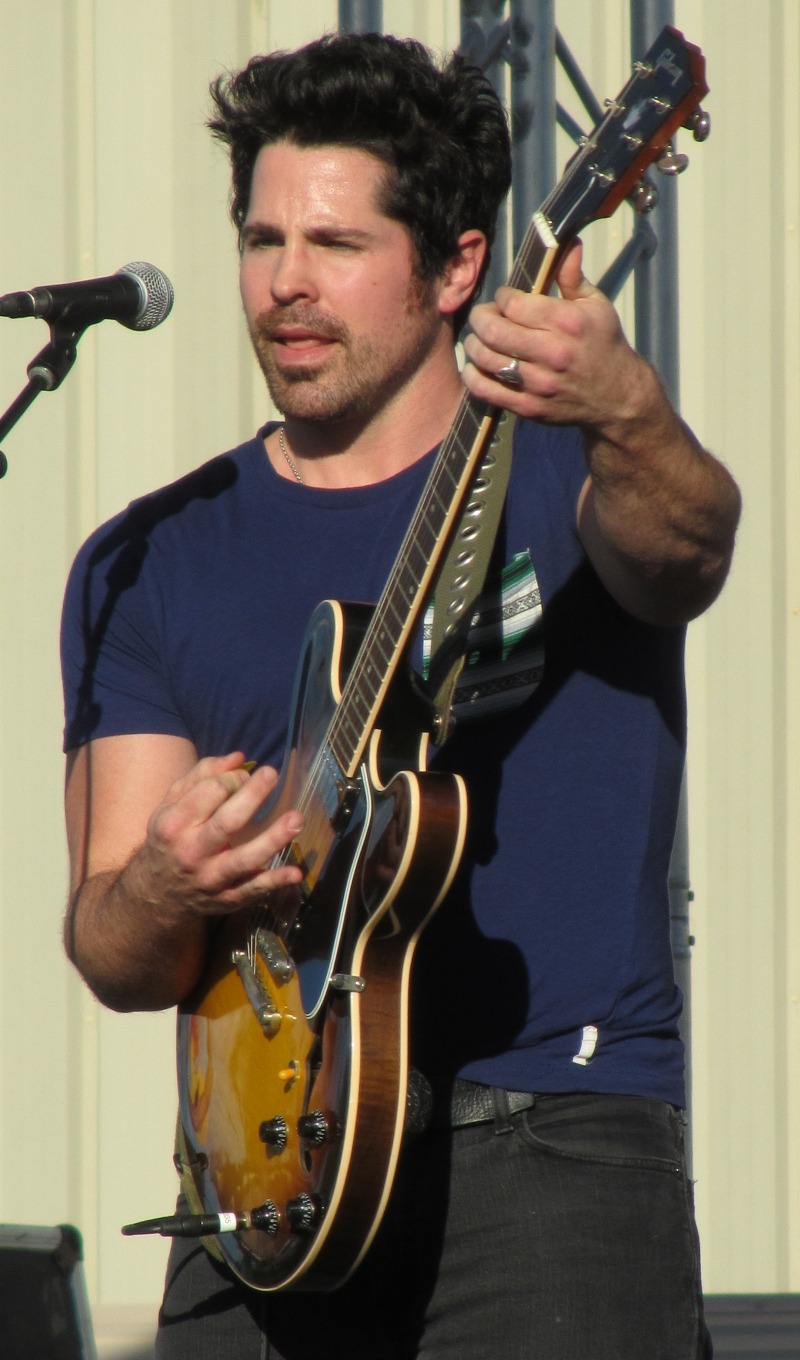Sunglasses have seeped into cultural symbolism, often representing coolness, mystery, and a shield from the world. They’re not just practical accessories for eye protection; they symbolize various themes from fashion statements to an air of aloofness. This connection has not gone unnoticed in the music industry. Several musicians across different genres have found inspiration in sunglasses, penning tracks that range from lighthearted odes to reflective ballads where sunglasses serve as a metaphor for emotional barriers.
Music draws from every facet of life, and songs about sunglasses often capture a blend of style and substance, delivering more than just surface-level appeal. Lyrics may touch on the way sunglasses hide one’s emotions or provide an alter ego, creating an audible aesthetic that resonates with the visual one. From the upbeat ’80s anthem “Sunglasses at Night” to ZZ Top’s “Cheap Sunglasses,” sunglasses-themed songs cross eras and genres, offering tunes that are as timeless as the accessory itself.
Observing the assortment of songs dedicated to shades, one can see the accessory’s recurring motif as a representation of coolness or detachment. Artists like B.O.B. in “Past My Shades,” for instance, explore the dichotomy of visibility and invisibility that sunglasses provide. The subject is ripe for artistic expression, allowing listeners to reflect on the music as well as on the deeper meanings behind their beloved eyewear.
History of Sunglasses
In the expansive history of sunglasses, their origins trace back to ancient times and have since evolved into a modern accessory blending functionality and fashion.
Ancient Origins
The genesis of sunglasses can be linked to the Roman Emperor Nero, who watched gladiator competitions through polished light emerald green lenses, although these were not sunglasses as we understand them today. Historical texts, including those written by Pliny the Elder, suggest that these lenses were used to reduce glare rather than to correct vision or protect from the sun’s harmful rays.
Modern Evolution
The concept of sunglasses took a substantial leap forward with the advent of tinted lenses. While eyeglasses were invented in the late 13th century in Italy, it wasn’t until the 18th century that James Ayscough began experimenting with tinted lenses in spectacles. However, the modern conception of sunglasses emerged in the 20th century. The first mass-produced sunglasses were introduced to America by Sam Foster in 1929. These became especially popular with the development of Bausch and Lomb‘s aviator style sunglasses, which were created for pilots to protect their eyes while flying.
Cultural Impact of Sunglasses
Sunglasses have become a pivotal accessory in fashion and entertainment, serving not just a functional purpose but also as a symbolic representation of style and attitude. Their influence is evident across various facets of culture, particularly in fashion and music.
Fashion and Image
Sunglasses have long been associated with an aura of mystery and coolness. Iconic styles like wayfarers and aviators have become synonymous with a timeless retro look that transcends generations. Celebrities and public figures have used sunglasses to craft their public personas; shades like the circular John Lennon-style glasses or the bold, oversize frames popularized by stars like Audrey Hepburn in the 1960s exemplify this trend. The use of sunglasses like rimless or mirror lenses often reflect contemporary aesthetics, while dark sunglasses maintain a perennial association with privacy and allure within the celebrity culture.
Sunglasses in Music
In the realm of music, sunglasses have often been referenced as a key element in a performer’s image. Artists like Iggy Pop and Dean Martin used them to amplify their stage personas. Songs like “I Wear My Sunglasses at Night” by Corey Hart underscore the accessory’s cultural significance in the music industry. This single not only secured a place in music history but also highlighted the enigmatic nature of donning sunglasses in unconventional settings, tying the object to a sense of enigma and nonconformity.
Music videos enhance this impact, pairing powerful imagery with song lyrics that often portray sunglasses as symbols of a cool and detached demeanor. The visual medium has been effective in cementing the status of sunglasses as a staple both in musical storytelling and the wider cultural lexicon.
Iconic Songs About Sunglasses
Sunglasses have served as a symbol in music, often giving songs a cool and mysterious edge. Musicians from various genres have utilized this imagery to convey themes such as fame, disguise, and personal style.
Sunglasses at Night by Corey Hart (1984)
Corey Hart‘s “Sunglasses at Night” is a quintessential track that melds the accessory with an aura of intrigue. The 1983 hit stands out for its catchy melody and Hart’s earnest performance. Lyrics in the song depict the singer’s choice to wear sunglasses as a barrier, setting a tone of vigilance and an almost voyeuristic theme.
Cheap Sunglasses by ZZ Top (1979)
Rock band ZZ Top brought a bluesy feel to the theme with their song “Cheap Sunglasses”. With its sharp guitar riffs and rugged vocals, this song celebrates the simple joy of owning an affordable yet stylish pair of shades. ZZ Top suggests that sometimes, all it takes to elevate one’s confidence is a pair of cheap sunglasses.
Pink Sunglasses by Miranda Lambert (2016)
Miranda Lambert takes a country spin on the theme with “Pink Sunglasses”. In this playful track, Lambert uses the pink sunglasses as a metaphor for a carefree attitude and a shield from life’s troubles. Her lyrics express an empowering message: accessories like sunglasses can provide more than UV protection — they can boost one’s morale.
Shades by Dean Martin (1967)
Shades is a track that encapsulates the smooth, crooning style Martin was famous for. The song delves into the metaphorical use of sunglasses to shield one’s eyes from the pain of a lost love, blending Martin’s velvety vocals with lush orchestration. It’s a classic example of the romantic balladry that defined much of Martin’s career, offering listeners a glimpse into the emotional depth behind the singer’s often carefree persona.
The Future’s So Bright, I Gotta Wear Shades by Timbuk 3 (1986)
This song became an anthem of ironic optimism amidst the Cold War’s anxieties. The song features a catchy melody paired with lyrics that mix a bright outlook with underlying references to nuclear science and potential apocalyptic futures. Its unique blend of folk-rock elements and a memorable harmonica solo made it a defining hit of the 80s, showcasing the duo’s knack for embedding thoughtful commentary within infectious pop tunes.
Sunglasses by Tracey Ullman (1984)
Sunglasses is a song that showcases her comedic and musical talent. The track humorously explores the idea of hiding behind sunglasses to avoid the gaze of an ex-lover. Ullman’s lively performance and the song’s catchy, upbeat rhythm made it a pop hit, further establishing her as a versatile entertainer capable of crossing the boundaries between music, comedy, and acting.
Shades by Alexandra Savior (2017)
Alexandra Savior’s Shades, is from her 2017 debut album “Belladonna of Sadness,” offers a dreamy, melancholic take on indie rock. Savior’s sultry voice, combined with the song’s atmospheric production, creates a hauntingly beautiful soundscape. The lyrics, exploring themes of identity and transformation, showcase Savior’s skill as a songwriter, making “Shades” a standout track that highlights her unique artistic vision.
Jackie Sunglasses by Kirsty MacColl (1981)
The song is a playful, upbeat number that showcases MacColl’s sharp wit and ability to craft catchy pop melodies. With its infectious chorus and humorous lyrics about the fashion and attitudes of the time, “Jackie Sunglasses” captures the early 80s pop essence, highlighting MacColl’s talent for blending humor with insightful observations on everyday life.
Sunglasses by Divine (1984)
A high-energy dance track, embodying the flamboyant and rebellious spirit of the disco and drag queen icon. Known for his over-the-top performances, Divine delivers a song that’s both playful and empowering, inviting listeners to embrace their uniqueness. The track’s pulsing beats and catchy chorus made it a hit in clubs, celebrating self-expression and the joy of standing out from the crowd.
Shady Lady by Gene Pitney (1968)
Gene Pitney’s “Shady Lady,” has a metaphorical use of shades. The singer’s distinctive voice and emotional delivery. The song tells the story of a mysterious and captivating woman, with Pitney’s performance lending a sense of drama and longing to the narrative. Its orchestral arrangements and melodramatic style are typical of Pitney’s hits, making Shady Lady a memorable piece in his catalog of heartbreak and love songs.
I Wear My Sunglasses at Night by Tiga & Zyntherius (2001)
The 2001 cover of “I Wear My Sunglasses at Night” by Tiga & Zyntherius gave the 1984 classic by Corey Hart a fresh, electronic twist. This version amps up the original’s new wave vibe with a pulsating techno beat, making it a favorite in clubs and among electronic music fans. The cover pays homage to the song’s enduring cool factor while showcasing Tiga & Zyntherius’s knack for reimagining classic tracks for a new generation.
Dark Sunglasses by Chrissie Hynde (2014)
This standout track that combines her iconic rock vocals with a more introspective, mellow sound. The song reflects on anonymity and the desire to hide behind a facade, themes that resonate with Hynde’s often private persona. With its catchy melody and thoughtful lyrics, “Dark Sunglasses” highlights Hynde’s ability to evolve artistically while staying true to her rock roots.
Sunglasses by Black Country, New Road (2020)
“Sunglasses” is an expansive, genre-defying track that showcases the band’s experimental approach to music. The song’s shifting dynamics and intense build-ups reflect themes of identity, class, and disillusionment, all delivered with a mix of spoken-word vocals and explosive instrumentation. It’s a bold statement from a band unafraid to push boundaries and explore the complexities of modern life.
Blue Sunglasses by John D. Loudermilk (1966)
John D. Loudermilk’s “Blue Sunglasses,” is a reflective and smooth country track that uses the metaphor of sunglasses to explore themes of sorrow and hiding one’s true feelings. Loudermilk’s storytelling prowess and gentle vocal delivery make the song a poignant and memorable addition to his diverse catalog, showcasing his ability to draw listeners into the emotional landscapes of his characters.
Sunglasses by Skepta (feat. JME) (2019)
Skepta teams up with JME to deliver a grime track that combines sharp lyrical flows with a gritty, pulsating beat. The song explores themes of fame, privacy, and the protective veneer that sunglasses can provide against the glare of public scrutiny. It’s a testament to Skepta’s skill as a lyricist and his ability to capture the complexities of life in the spotlight.
Ray Bans by JT Hodges (2015)
This is a catchy country-pop track that uses the iconic sunglasses brand as a metaphor for romantic memories and the desire to see the world through rose-colored glasses. Hodges’ smooth vocals and the song’s upbeat melody create a feel-good vibe, making “Ray Bans” a lighthearted, nostalgic ode to summer love and the moments that we wish we could see through forever.
Past My Shades by B.O.B. (2010)
Symbolism in Sunglasses Lyrics
Sunglasses in songs often transcend their literal function, serving as powerful metaphors for concealment, identity, and perception.
Shades as a Metaphor
Artists frequently use sunglasses—referred to as “shades” in colloquial terms—as a metaphorical device in their lyrics. Shades represent more than a mere fashion accessory; they symbolize a barrier or facade that one might put up. For instance, in B.O.B’s song “Past My Shades,” featuring Lupe Fiasco, sunglasses are presented as a form of protection. They allow individuals to shield their true emotions and thoughts from the public gaze. Moreover, the darkness behind one’s shades can imply hiding from reality or a desire for anonymity.
Eyewear and Identity
In music, eyewear such as dark glasses can serve as a sign of one’s identity or the role they play. A person slipping on dark glasses might be doing it to feel more confident, to craft a certain image, or to distance themselves from others. For instance, a librarian might don their eyewear, signifying a certain studiousness or authority. Likewise, lyrics mentioning sunglasses can indicate a transformation of one’s identity or the adoption of a new persona, signaling to the listeners an emotional or psychological change.
Final Thoughts
It’s clear that these iconic accessories are more than just practical items for blocking out the sun; they’re symbols of style, mystery, and emotional shields that artists across genres have celebrated and lamented in equal measure. From the cool, reflective depths of Dean Martin’s “Shades” to the upbeat, sunny vibes of JT Hodges’ “Ray Bans,” each song offers a unique perspective on how sunglasses touch our lives, fashion our images, and color our perceptions. Whether hiding tear-filled eyes or enhancing the mystique of a summer romance, sunglasses remain a timeless muse in music, inspiring a diverse soundtrack that resonates with listeners worldwide. As we’ve explored these tracks, it’s evident that the allure of sunglasses will continue to inspire musicians and fans for generations to come, proving that sometimes, to see more clearly, we just need to put our shades on.

